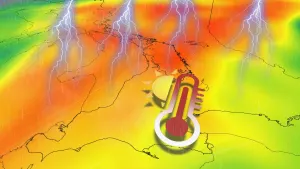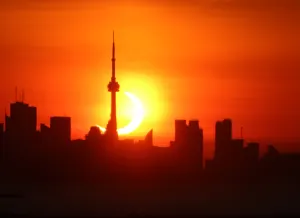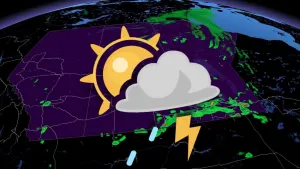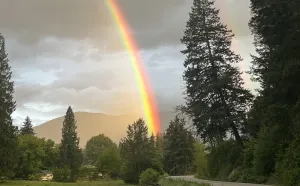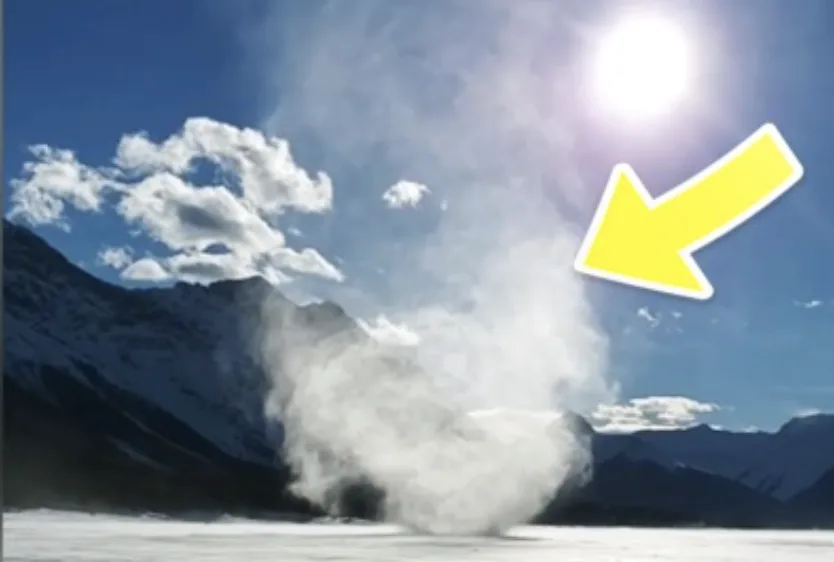
Steer clear of a ‘snownado’ if you see one on a cold, sunny day
Snownadoes aren’t as powerful as tornadoes, but you’ll want to avoid one of these ultra-rare formations if you ever happen to see one.
Crisp air and bright sunshine are the perfect conditions to enjoy a fine day out in the snow. Tornadoes and dust devils are the farthest thing from our minds on these lovely winter afternoons. But that bright sunshine can lead to the ultra-rare formation of a ‘snownado’ churning over the whitened landscape. It’s a good idea to stay clear of its path if you ever come across one of these snow-filled whirlwinds. Here’s a look at how these elusive snownadoes form.
A SNOWNADO IS A DUST DEVIL’S WINTRY COUSIN
Snownadoes are sometimes called “snow devils” because they have much more in common with dust devils than they do with tornadoes. A tornado requires a rotating thunderstorm in order to form. The rotation in the storm extends down toward the ground, spinning faster as it stretches out and reaches the surface.

Dust devils, and snownadoes by extension, actually begin at the surface and work their way up into the sky.
Just about anyone who’s spent a hot day in a flat area has probably seen a dust devil. These swirls form when the ground warms up under hot sunshine, which in turn warms the air immediately above the surface. This shallow layer of warm air can then rise through the cooler air above it.
This small column of rising air can begin to rotate if a light breeze catches it the right way, and the dust devil forms as the column of rising air stretches skyward. Most dust devils are about as big as people or trees, but some that form in desert areas can tower several kilometres high in the sky and pack winds equivalent to that of a weak tornado.
WATCH: TRIO OF SNOWNADOES CAUGHT ON CAMERA IN ALBERTA
SNOWNADOES ARE RARE
Snownadoes form in a similar—albeit much chillier—manner.
As anyone who’s played in the snow without sunglasses can tell you, snow has a high albedo, meaning it reflects sunshine really well. This reflected sunshine can warm up a shallow layer of air above the snow just enough to allow that air to rise through the much colder air above.
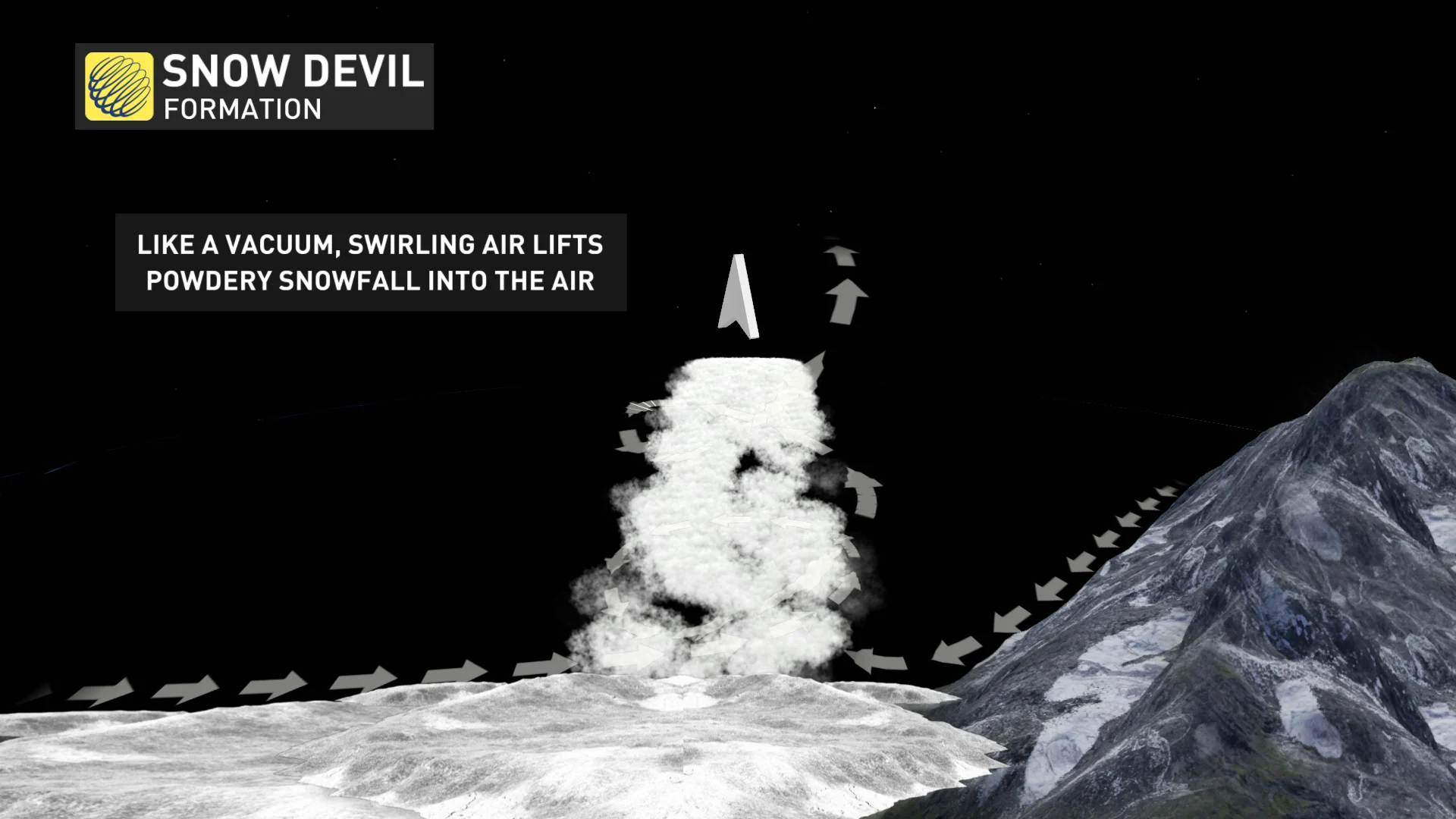
Just like a dust devil, a light breeze can set this rising column of air spinning as it stretches into the sky, leaving behind a rapid swirl that sucks up loose snow off the surface. Snownadoes are most often spotted by skiers and snowboarders who happen to spot one dancing along the side of a mountain.
These swirls aren’t too dangerous on their own. But just like a dust devil, some snownadoes can pick up and toss objects like branches or tents and pose a hazard to anyone nearby.
Given the frigid temperatures involved, it’s much harder to get a snow devil than a dust devil, which is why these formations are such an incredibly rare and awesome sight. Thankfully, the widespread use of smartphones means we have a growing collection of photos and videos that document these impressive and rare formations.







